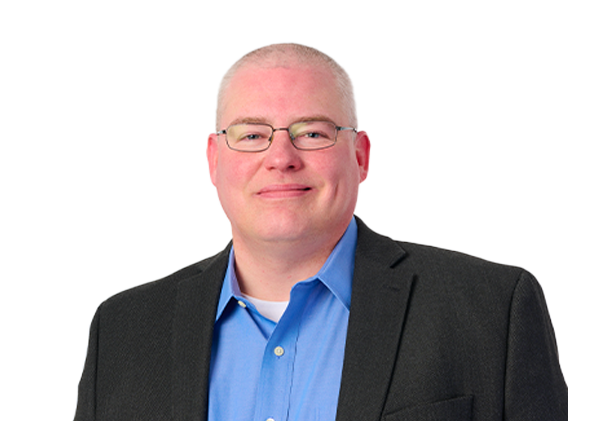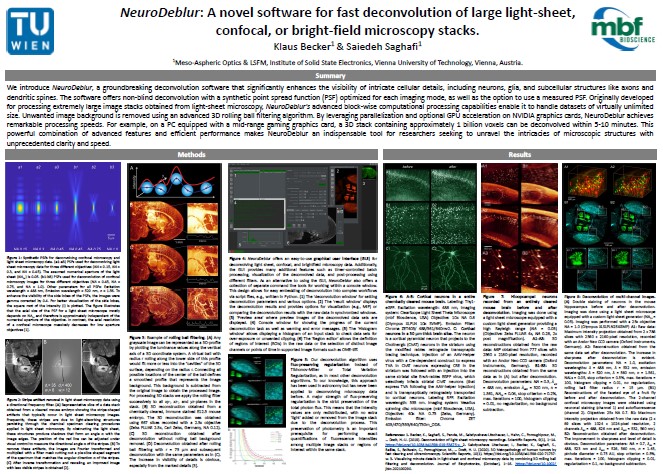
NeuroDeblur®
Deconvolution Software for 3D Microscopy - Groundbreaking Speed and Quality - at a Reasonable PriceProduct Overview
NeuroDeblur sets a new standard for restoring and enhancing 3D microscopy data. With processing speeds up to 100x faster than CPU-based methods, you can deconvolve even the largest datasets in minutes. Achieve up to 2x resolution improvement and unparalleled image clarity – all without the need for time-consuming PSF measurements.
Whether you are working with large light sheet volumes from cleared brains, high resolution confocal stacks, or widefield images, NeuroDeblur intelligently considers the imaging conditions and delivers clear images ready for improved visualization and quantification.
At the heart of NeuroDeblur are state-of-the-art algorithms for synthetic PSF generation and adaptive background removal. Our extensively validated synthetic PSFs enable excellent deconvolution results for both light-sheet and confocal data, eliminating the need for PSF measurements. The sophisticated rolling-ball background removal preserves fine details while removing inhomogeneous background, resulting in strikingly clear images.
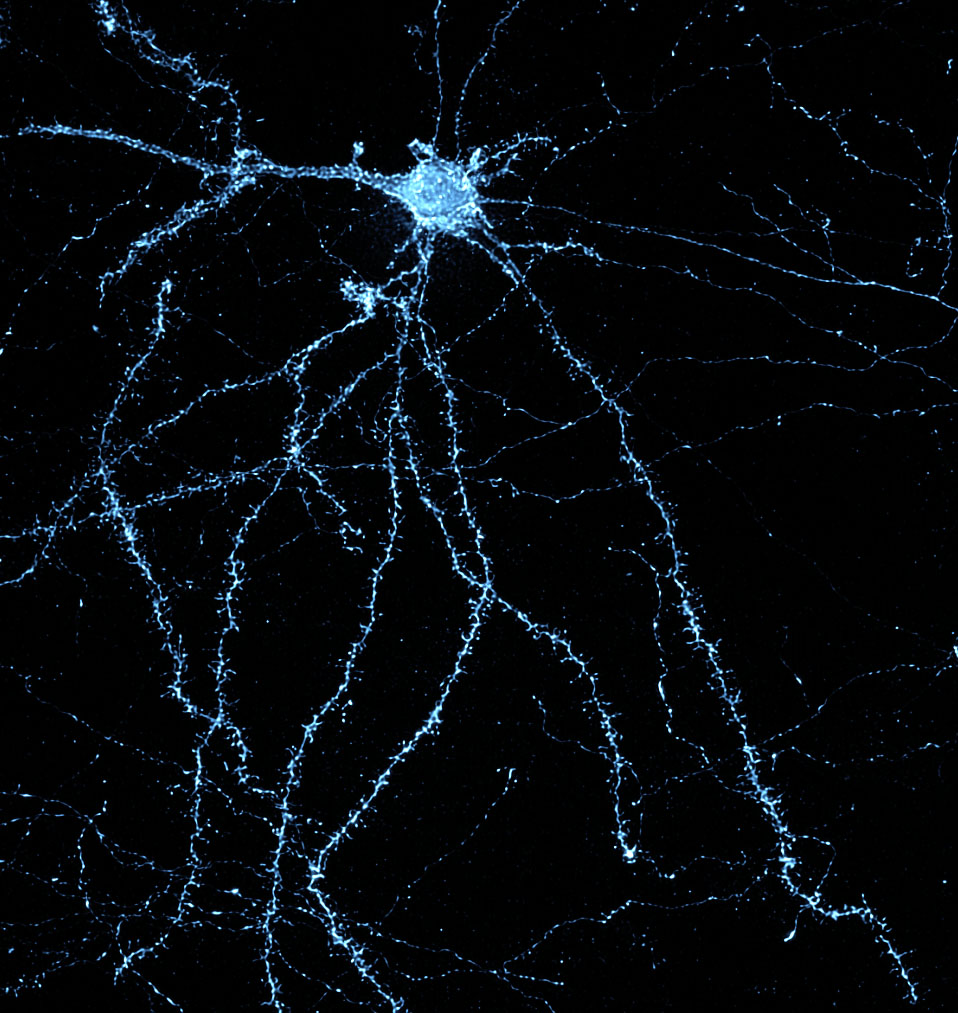
Key Benefits
- NeuroDeblur offers statistically rigorous image restoration at an affordable price, supporting popular imaging modalities like light sheet, confocal, spinning disk, and widefield microscopy.
- GPU-accelerated deconvolution produces clear images on large light sheet images in minutes rather than hours, and works with most NVIDIA graphics cards, even on the largest light sheet data sets.
- Excellent deconvolution results without the need to measure the imaging system's point spread function (PSF), along with sophisticated adaptive image background removal and stripe-artifact removal for light-sheet microscopy data.
NeuroDeblur is the groundbreaking solution for deconvolution and artifact removal in microscopy images, particularly for large data sets from light sheet and confocal microscopes. Engineered by experts in microscopy and deconvolution, NeuroDeblur produces optimal results from a wide array of microscopes, further enhancing images from even the best microscopes.
NeuroDeblur significantly enhances the visibility of intricate details of cells such as neurons, glia and subcellular structures, such as axons and dendritic spines. The software offers non-blind deconvolution with a synthetic point spread function (PSF) optimized for each imaging mode, as well as the option to use a measured PSF. NeuroDeblur was originally developed for processing extremely large image stacks obtained from light-sheet microscopy. However, its advanced block-wise computational processing capabilities enable it to handle datasets of virtually unlimited size. Unwanted image background is removed using an advanced 3D rolling ball filtering algorithm. By leveraging parallelization and optional GPU acceleration on NVIDIA graphics cards, NeuroDeblur achieves remarkable processing speeds. For example, on a PC equipped with a mid-range gaming graphics card, a 3D stack containing approximately 1 billion voxels can be deconvolved within 5-10 minutes. This powerful combination of advanced features and efficient performance makes NeuroDeblur an indispensable tool for researchers seeking to unravel the intricacies of microscopic structures with unprecedented clarity and speed.
Key Features:
- Statistically rigorous image restoration at an affordable price, supporting popular imaging modalities like light sheet, confocal, spinning disk, and widefield microscopy.
- GPU-accelerated deconvolution that produces clear images in minutes rather than hours, compatible with most NVIDIA graphics cards and capable of processing even the largest light sheet data sets.
- Excellent deconvolution results for light-sheet and confocal microscopy without the need to measure the imaging system's point spread function (PSF) along with sophisticated adaptive image background removal and stripe-artifact removal for light-sheet microscopy data.
- Supports almost all microscopic image file formats without added cost and works with images from most common microscope manufacturers.
- Easy-to-use GUI with 3D visualization and a powerful command-line interface for embedding deconvolution into complex workflows.
Additional features include deconvolution using measured PSFs, powerful adaptive background artifact correction, fast multiprocessor-aware deconvolution with noise minimization, batch deconvolution for automated imaging workflows, automatic block-wise processing of large data sets on computers with limited RAM, ROI and color channel processing for proprietary 4D or 5D input formats, color channel mixing for optimized display of deconvolved results, and image post-processing by adaptive histogram equalization (CLAHE) and unsharp masking.
- Excellent deconvolution results with light sheet and confocal microscopy without or without PSF measurements
- Deconvolution using matching accurate PSF models for light sheet and confocal microscopy
- Deconvolution using a PSF measured from the imaging system
Powerful adaptive background artifact correction - Fast multiprocessor aware deconvolution with excellent regularizing for noise minimization
Ultra-fast GPU based processing with modern Nvidia graphic cards (> 100 million voxels/min) - Batch deconvolution for building an automated imaging workflow
Automatic block-wise processing of large data sets even on computers with limited RAM - Sophisticated stripe-artifact removal for light sheet microscopy data
Side-by-side comparison of original and deconvolved data in synchronized display windows - Process select ROIs and color channels of proprietary 4D- or 5D-input formats (e.g. Zeiss, Evident, Leica, etc).
- Optimize the display of deconvolved results via additive and subtractive color channel mixing.
- Image post-processing by adaptive histogram equilibration (CLAHE) and unsharp masking.
Download NeuroDeblur product sheet here.
Powerful Deconvolution Software for Light Sheet and Confocal Microscopy
Binaree Cleared Data Imaged by ClearScope® – the Light Sheet Theta Microscope
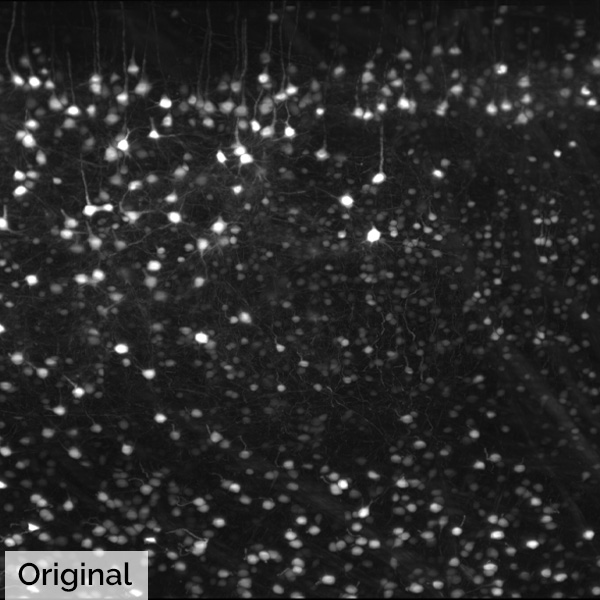
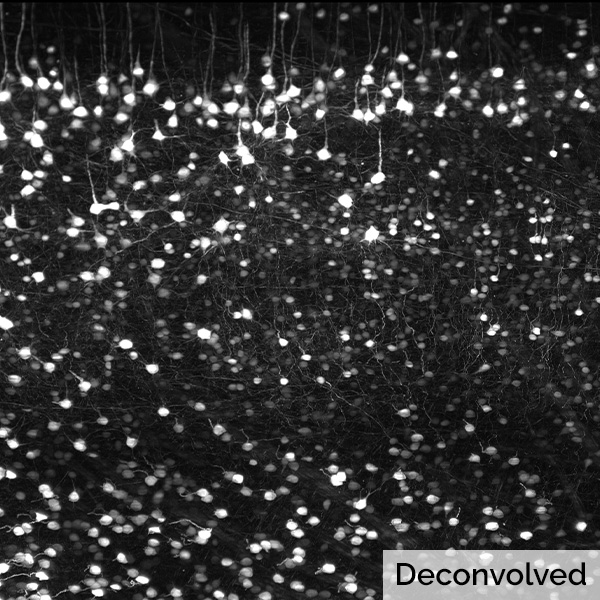
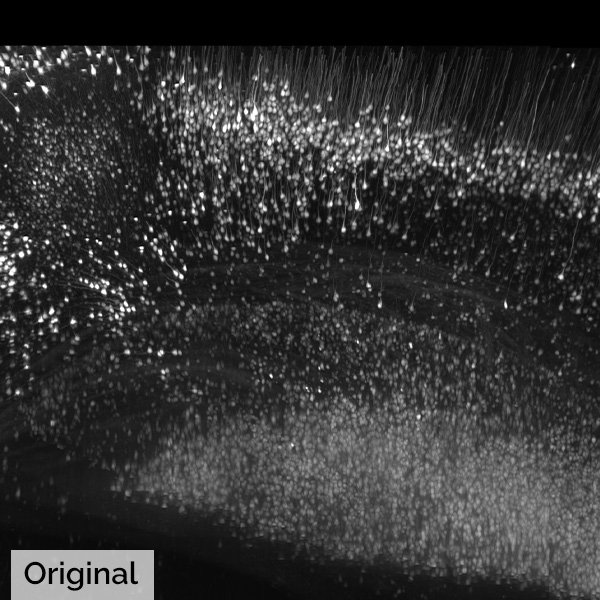
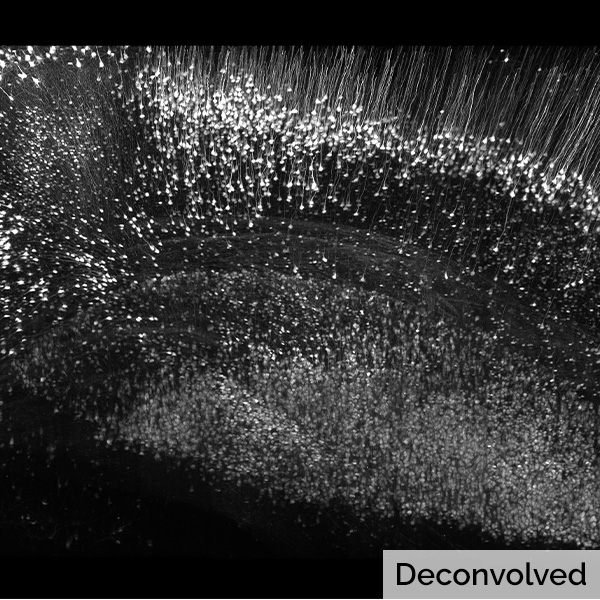
How does deconvolution software work?
Image generation by a microscope can be modeled by a numerical operation called convolution: The incident light coming from the sample is convolved with the point spread function (PSF) of the microscope to construct the image. The PSF of a fluorescence microscope can be described as the image you would get from an infinitely small and infinitely bright light-emitting point-source. In practice, it can be (approximately) measured by imaging tiny fluorescent particles that are below the resolution limit of the microscope. The PSF of an ideal microscope would just be a mathematical point. However, in any real microscope it has a certain spatial extent due to the wavelength of the illumination light and the aberrations of optical lenses. The spatial extent of the PSF inevitably causes the limited resolution and blurring observed to varying degrees in any microscopic image.
However, If the shape of the PSF of a microscope is known this process can (at least partially) be reverted by mathematically reconstructing the original shape of the sample. This process is called deconvolution:
Image = convolution (sample, PSF), sample = deconvolution (Image, PSF)
The shape of the PSF can either be measured by imaging small fluorescent particles (e.g. of 200 nm diameter) that are just below the resolution limit of the microscope, or it can be approximated using a theoretical model of the imaging process (synthetic point spread function). Both approaches are supported by NeuroDeblur.
A practical problem with any deconvolution is the potential amplification of the noise inevitably added during the imaging process by the camera and the stochastic spatial nature of photons. There are different mathematical regularization approaches to cope with this problem. The regularization approach applied by NeuroDeblur (flux preserving regularization) has the advantage of preserving the photogrammetry of data, i.e., the light intensities in distinct image regions are not shifted relatively to each other by the deconvolution process. Flux preserving regularization was originally developed for deconvolving astronomical data and to our knowledge has not been used by deconvolution software for microscopy before. Preservation of photogrammetry is especially important if quantitative comparisons of intensity are to be performed with deconvolved data. More details about the deconvolution algorithm used by NeuroDeblur in Scientific Reports, 2019 (doi.org/10.1038/s41598-019-53875-y).
Go beyond deconvolution with a rich suite of powerful image restoration features
- Directional frequency filters for removing stripes in light-sheet data
- Multi-channel combining for vibrant and complex images
- Contrast enhancement and sharpening tools for publication-quality results
- Batch processing and comparative visualization for efficient analysis
Stripe-artifact removal in light-sheet microscopy images
Light-sheet microscopy data often are compromised by stripe-shaped artifacts, which are caused by light absorbing particles throwing shadows along the direction of propagation direction of the light-sheet. NeuroDeblur can dramatically reduce these stripes using a directional frequency filtering approach published in Scientific Reports, 2020 (doi.org/10.1038/s41598-020-71737-w). Utilizing the previous knowledge about the angular direction of the stripes and their parallelism, NeuroDeblur applies a pie-shaped 2D slope filter, which selectively blocks frequency components located in the direction of the stripes.
Sophisticated adaptive image background removal algorithm
Light-sheet, as well as confocal microscopy recordings often are compromised by background fluorescence causing blurring and masking of details. While an image background that is approximately constant can be removed easily by plain subtraction, determining and removing an inhomogeneous background is much more difficult. NeuroDeblur addresses this problem by applying a modified rolling ball background removal approach published in 2021 (doi.org/10.1002/jbio.202100290). It results in a striking improvement in clarity with many types of data, while preserving any fine details of interest.
High processing-speed in CPU- and GPU-based deconvolution modes
The time required for deconvolving an image stack of course depends on the number of voxels that need to be processed on the available computer hardware. The capability of modern PCs to utilize their graphic processing unit (GPU) for the numerous parallel FFT-calculations required for deconvolution brought an enormous increase in speed, which easily can be up to the 100-fold of what is obtainable with conventional CPU-based processing. Using a high-end NVIDIA graphic card in the price range of e.g. $500-$1000 (as e.g. used for computer gaming) NeuroDeblur can deconvolve one billion voxels in approximately 10 minutes.
Easy comparison of raw and deconvolved data by synchronized displays
Once the deconvolution of a new stack has been finished you can inspect the results and immediately compare them with the original data. NeuroDeblur can display raw and deconvolved data in two synchronized windows. In addition to the standard slice-by-slice view NeuroDeblur can display MIP-projections of the raw data as well as of the processed data.
Affordable Pricing for Every Lab
We believe every researcher should have access to the best image restoration tools. That’s why we offer affordable pricing for both academic and commercial use, with discounts available for multi-seat licenses. Contact us today for a personalized quote and see how NeuroDeblur can elevate your research to new heights.
Who Is Using MBF Products?
MBF products are used across the globe by the most prestigious laboratories.














Cited in Peer Reviewed Scientific Publications
MBF’s software utility is underscored by the number of references it receives in the worlds most important scientific publications.
Boeglin, M., E. Leyva-Díaz, et al.
Expression and function of C. elegans UNCP-18, a paralogue of the SM protein UNC-18View Publication
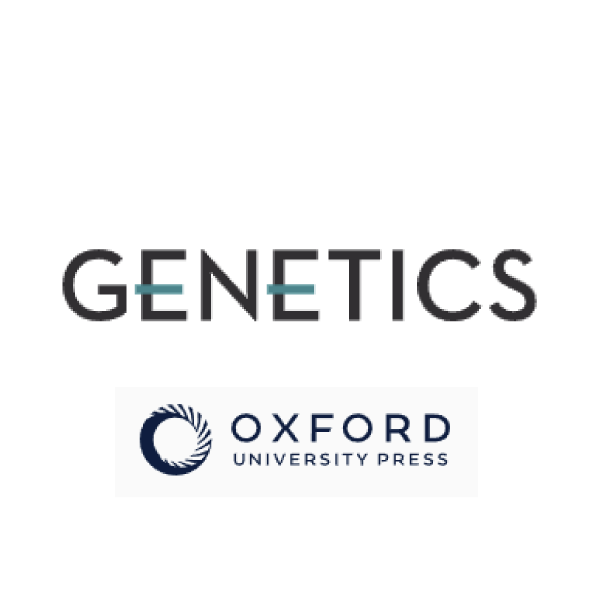
Rentsch, P., T. Egan, et al.
The ratio of M1 to M2 microglia in the striatum determines the severity of L-Dopa-induced dyskinesiasView Publication

Wang, Z., D. Zheng, et al.
Enabling Survival of Transplanted Neural Precursor Cells in the Ischemic BrainView Publication
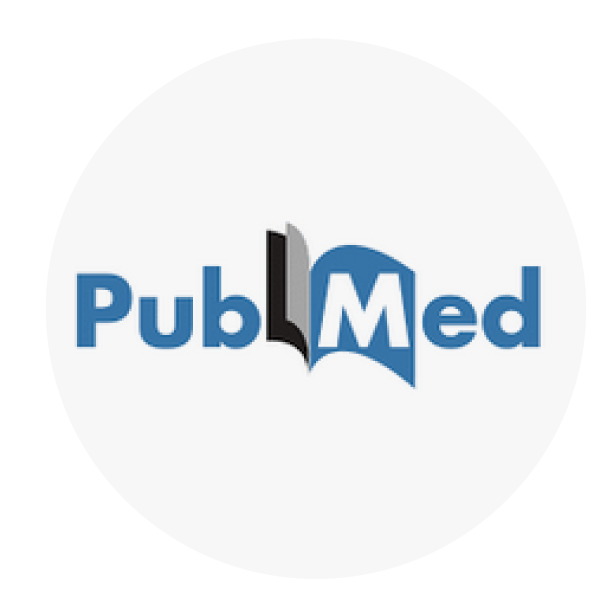
Villar-Conde, S., V. Astillero-Lopez, et al.
Synaptic involvement of the human amygdala in Parkinson’s diseaseView Publication
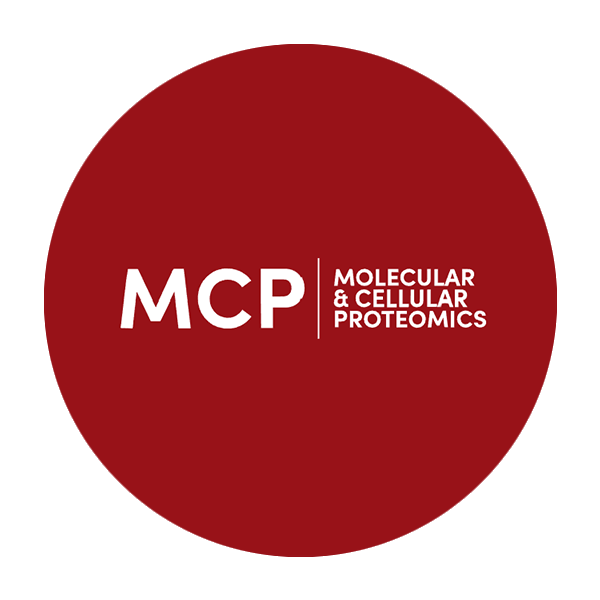
Stimpson, C. D., J. B. Smaers, et al.
Evolutionary scaling and cognitive correlates of primate frontal cortex microstructureView Publication
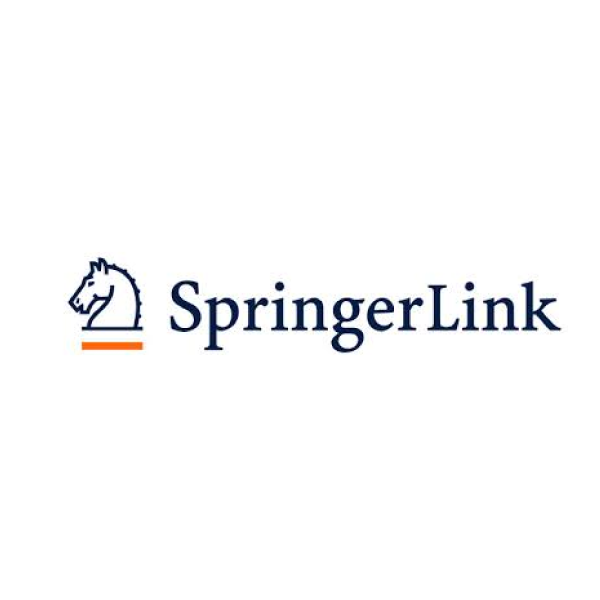
Russ, T., L. Enders, et al.
2,4-Dichlorophenoxyacetic Acid Induces Degeneration of mDA Neurons In VitroView Publication

Olkhova, E. A., C. Bradshaw, et al.
A novel mouse model of mitochondrial disease exhibits juvenile-onset severe neurological impairment due to parvalbumin cell mitochondrial dysfunctionView Publication
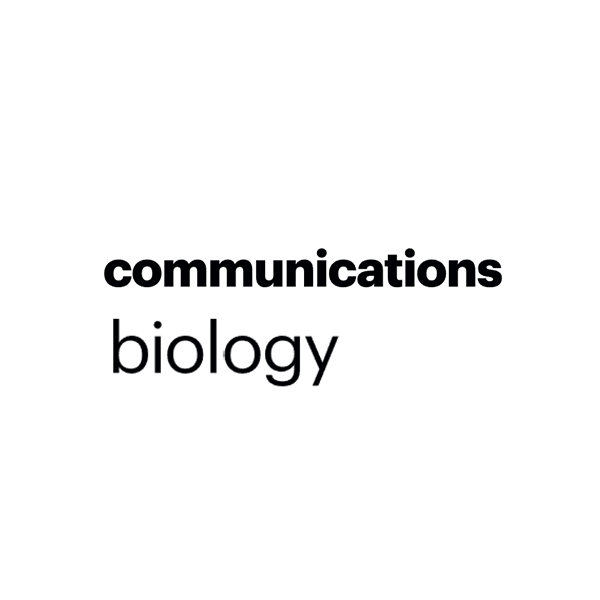
Zhang, X., C. Wang, et al.
Analysis of Error Sources in the Lissajous Scanning Trajectory Based on Two-Dimensional MEMS MirrorsView Publication
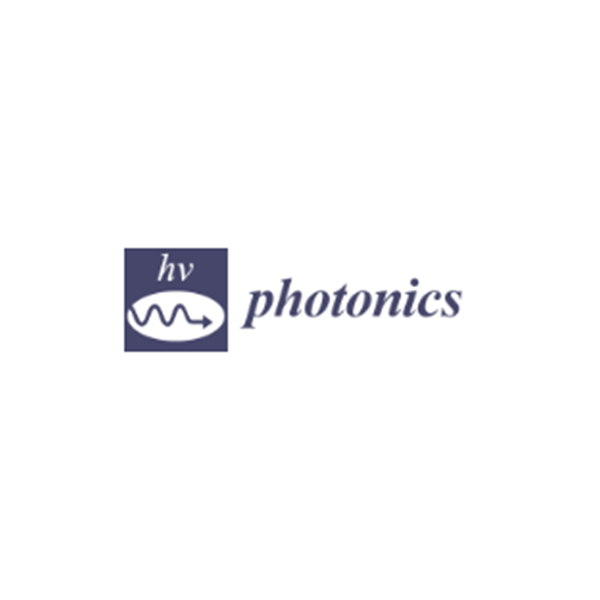
Lu, J., Behbahani, A.H., Hamburg, L. et al.
"Transforming representations of movement from body- to world-centric space."
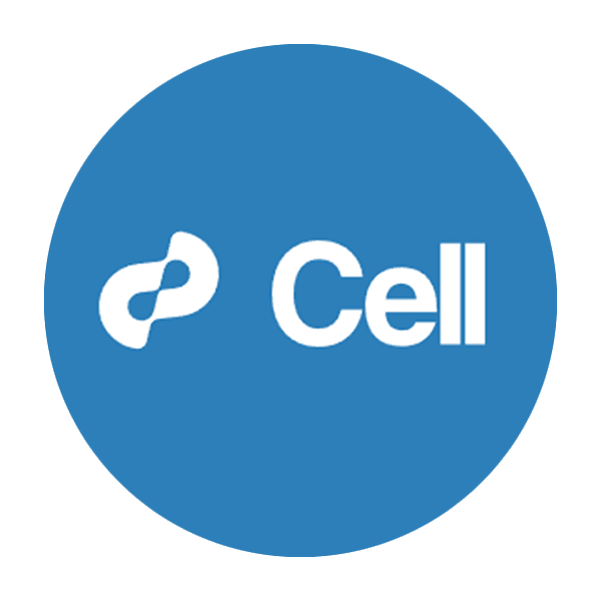
Testimonials
"I rarely have encountered a company so committed to support and troubleshooting as MBF."

Andrew Hardaway, Ph.D. Vanderbuilt University
"MBF Bioscience is extremely responsive to the needs of scientists and is genuinely interested in helping all of us in science do the best job we can."
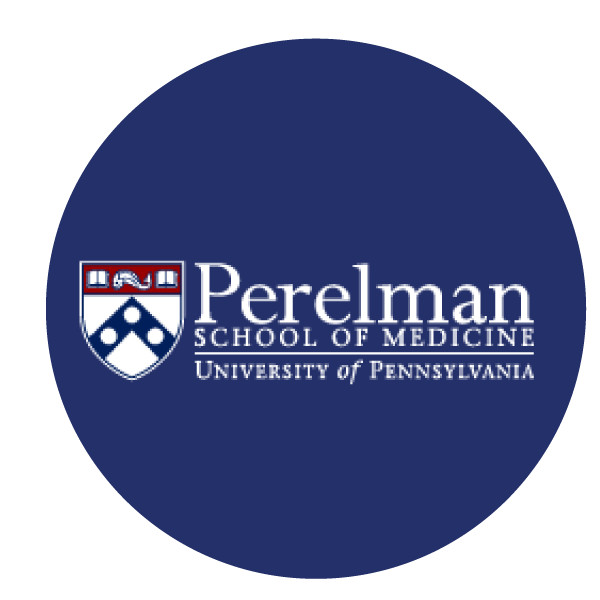
Sigrid C. Veasey, MD University of Pennsylvania
"I am so happy to be a customer of your company. I always get great help related with your product or not. With the experienced members, you are the best team I've ever met. All of your staff are very kind and helpful. Thank you for your great help and support all the time."
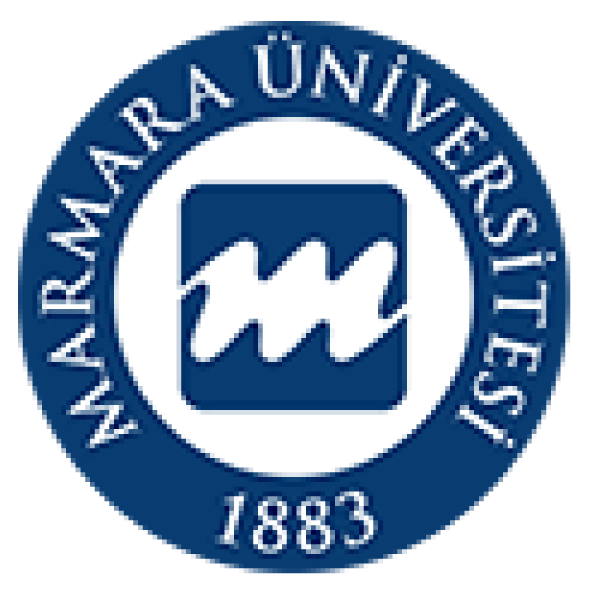
Mazhar Özkan Marmara Üniversitesi Tıp Fakültesi, Turkey
"We’ve been very happy for many years with MBF products and the course of upgrades and improvements. Your service department is outstanding. I have gotten great help from the staff with the software and hardware."
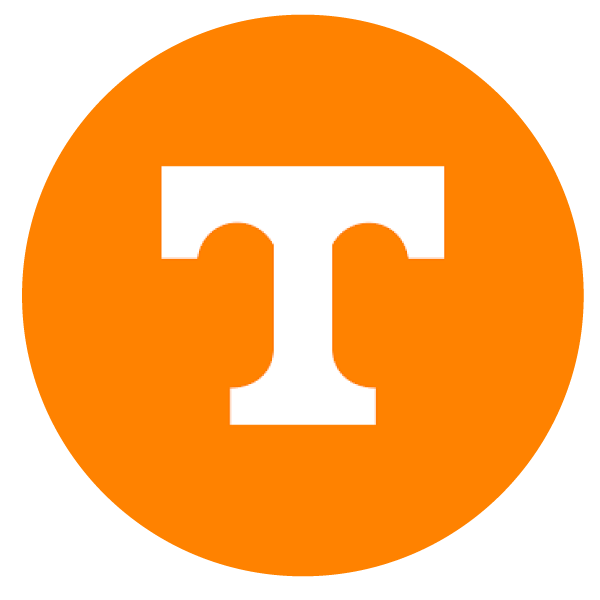
William E. Armstrong, Ph.D. University of Tennessee
"Our experience with the MBF equipment and especially the MBF people has been outstanding. I cannot speak any higher about their professionalism and attention for our needs."

Bogdan A. Stoica, MD University of Maryland
"MBF provides excellent technical support and helps you to find the best technical tools for your research challenges on morphometry."

Wilma Van De Berg, Ph.D. VU University Medical Center - Neuroscience Campus Amsterdam
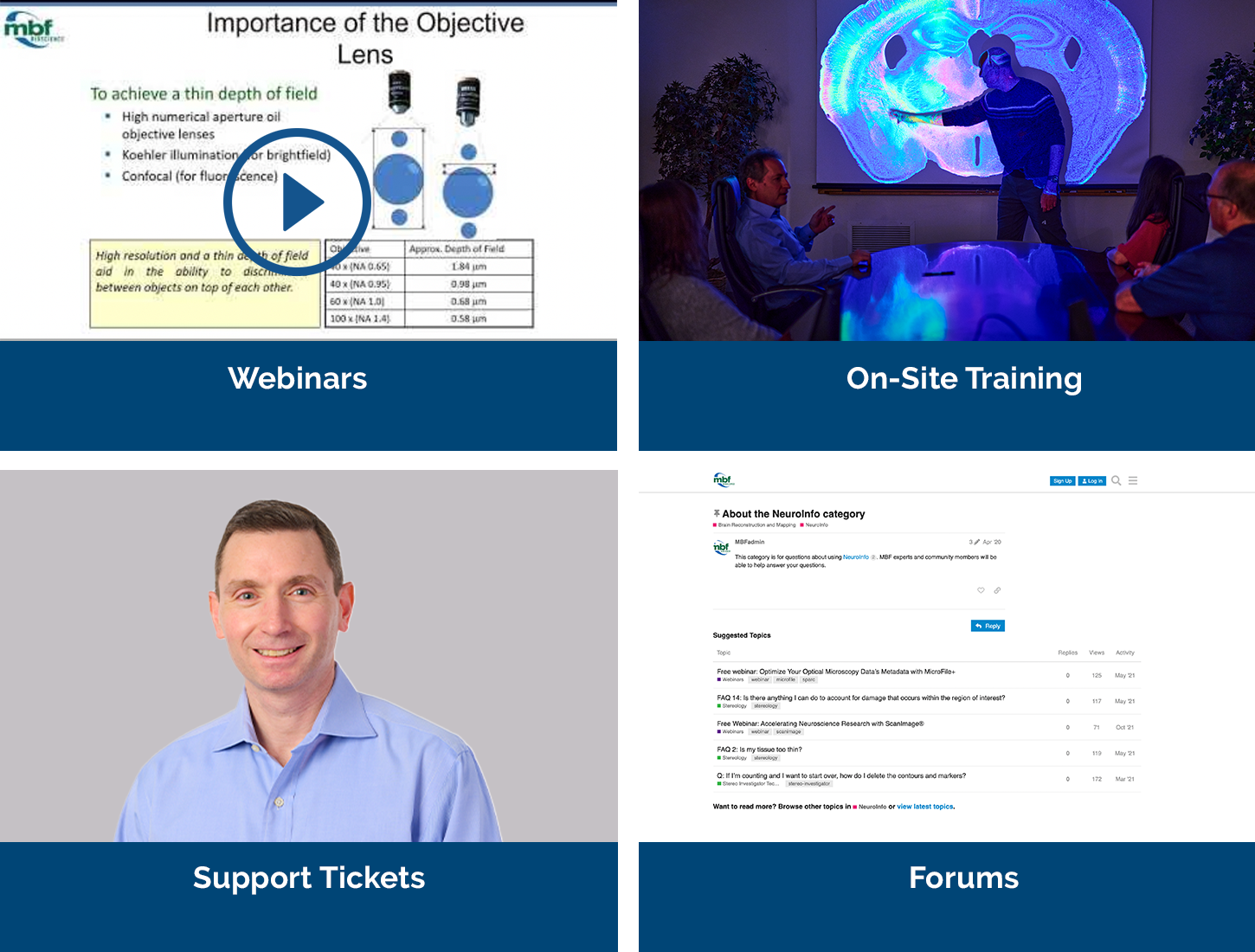
Robust Professional Support
Our service sets us apart, with a team that includes Ph.D. neuroscientists, experts in microscopy, stereology, neuron reconstruction, and image processing. We’ve also developed a host of additional support services, including:
- Forums
We have over 25 active forums where open discussions take place.
>> Learn More - On-Site/Training
We’ve conducted over 750 remote software installations.
>> Learn More - Webinars
We’ve created over 55 webinars that demonstrate our products & their uses.
>> Learn More
Request an Expert Demonstration
At MBF, we’ve spent decades understanding the needs of researchers and their labs — and have a suite of products and solutions that have been specifically designed for the needs of today’s most important and advanced labs. Our commitment to you is to spend time with you discussing the needs of your lab — so that we can make sure the solutions we provide for you are exactly what you’ll need. It’s part of our commitment to supporting you — before, during, and after you’ve made your decision. We look forward to talking with you!
